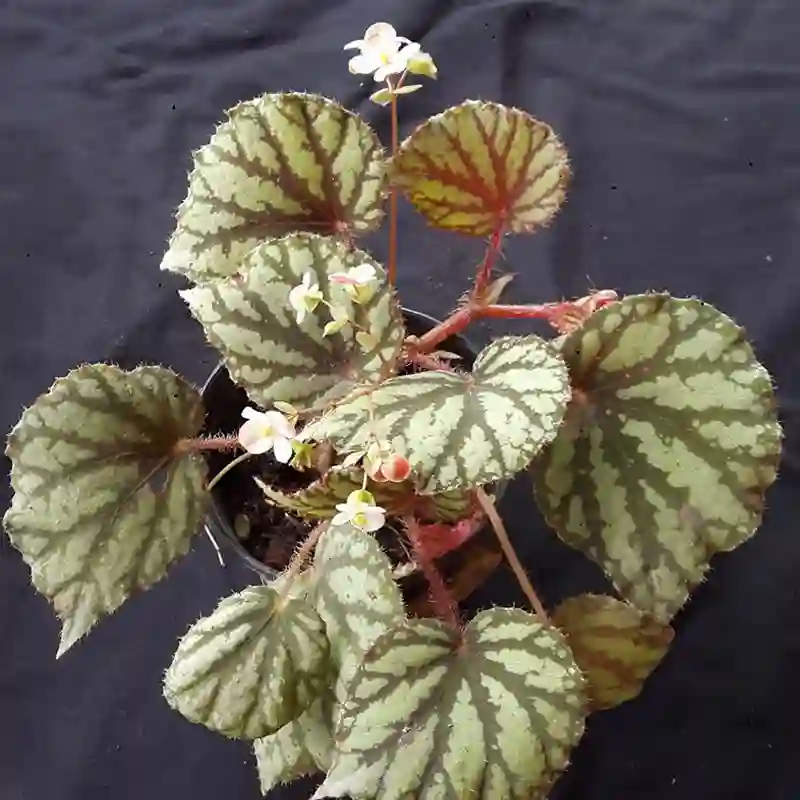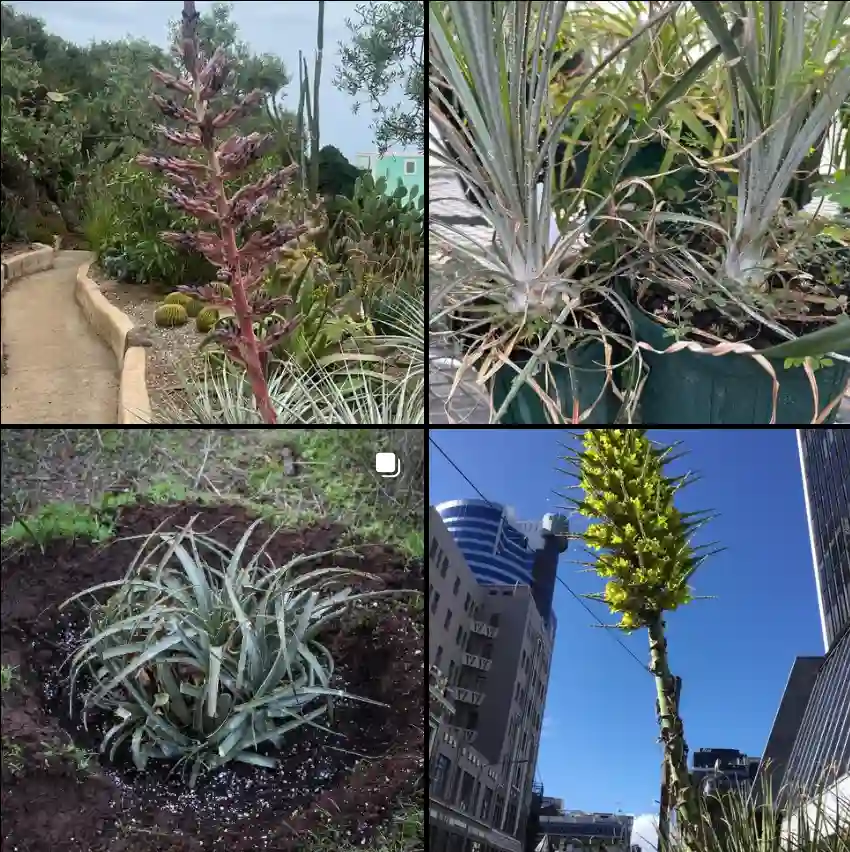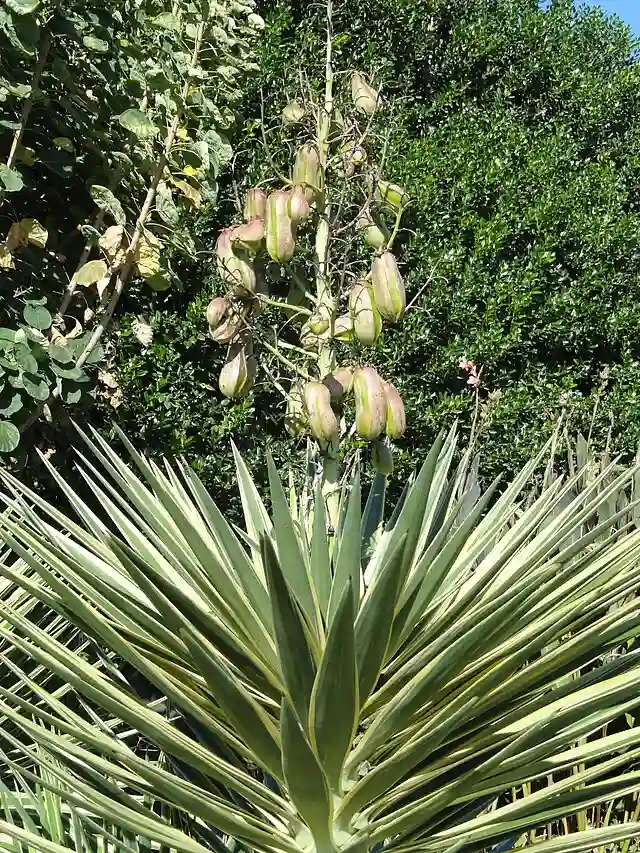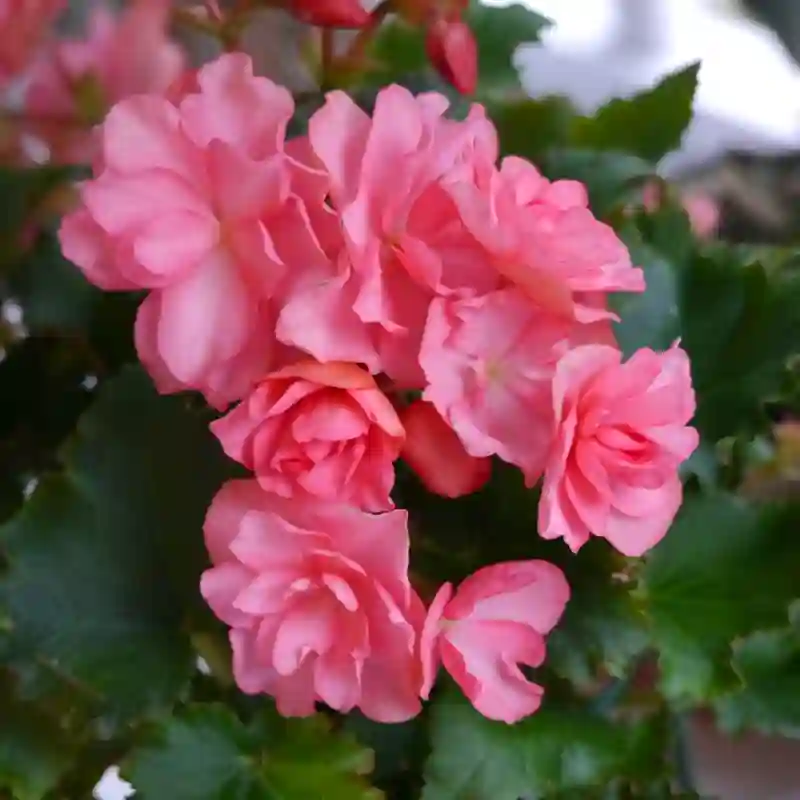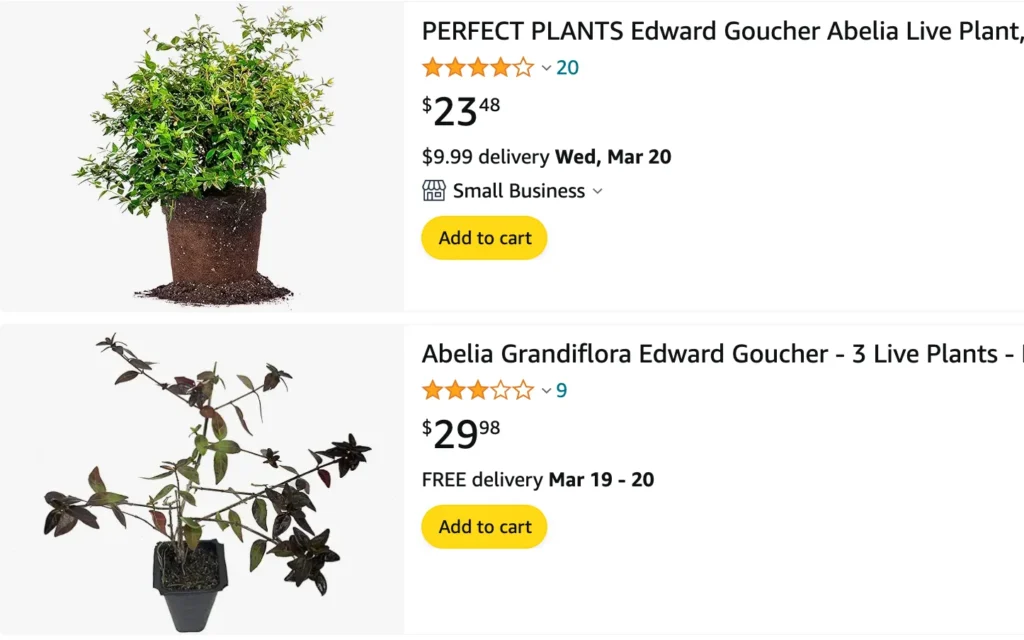
Abelia Edward Goucher: A Gardener’s Delight
For years, I’d been on the hunt for a low-maintenance shrub that offered both aesthetic appeal and year-round interest. Enter the Abelia Edward Goucher, a compact, award-winning shrub that stole my heart (and a coveted spot in my garden) the moment I laid eyes on it.
This beauty boasts a bounty of features that make it a dream for busy gardeners like myself. Let’s delve into what makes the Abelia Edward Goucher such a captivating addition to any landscape.
6 Species in Genus Abelia
How Big Does Edward Goucher Abelia Get?
Knowing how much space a plant will occupy is crucial for planning your garden layout. The Abelia Edward Goucher is a delightfully compact shrub, typically reaching a mature height of 2-3 feet in cooler climates like mine. In warmer regions, it can stretch a bit taller, reaching up to 5 feet. Its width usually mirrors its height, creating a pleasingly symmetrical form. This manageable size makes it perfect for smaller gardens, borders, or even container plantings.
What Color Are the Leaves on the Abelia Edward Goucher?
The Abelia Edward Goucher’s foliage is a real showstopper. Its glossy, oval leaves are a rich dark green, adding a touch of elegance to any garden. But the magic doesn’t stop there. New growth emerges with a stunning bronze tinge, creating a vibrant two-toned effect. As the leaves mature, the bronze fades, leaving behind the deep, sophisticated green. This subtle color play adds year-round visual interest, even during the winter months when many other plants lose their leaves.
How to Grow Edward Goucher Abelia?
The good news is, the Abelia Edward Goucher isn’t a fussy plant. It thrives in well-drained soil, whether in full sun or partial shade. In my experience, it performs best in locations that receive at least a few hours of direct sunlight each day. This encourages the production of its beautiful flowers.
Planting is a breeze. Simply dig a hole slightly larger than the root ball of your Abelia Edward Goucher and place it gently in the hole. Backfill with soil, water thoroughly, and apply a layer of mulch around the base of the plant to retain moisture and suppress weeds.
How to Care for Abelia Edward Goucher?
Once established, the Abelia Edward Goucher requires minimal care. Here’s what I’ve found works best:
- Watering: Water regularly, especially during the first growing season and during periods of drought. Aim for the soil to stay consistently moist, but not soggy.
- Fertilizing: A light application of a balanced fertilizer in early spring can encourage healthy growth and flowering. However, this isn’t strictly necessary.
- Winter Protection: In colder climates, a light layer of mulch around the base of the plant can provide some protection from harsh winter winds and freezing temperatures.
How to Prune Abelia Edward Goucher?
While pruning isn’t essential for the Abelia Edward Goucher’s health, it can be beneficial for maintaining its shape and size. The best time to prune is in late winter or early spring before new growth emerges. Simply remove any dead, diseased, or damaged branches, and lightly shape the shrub as desired.
What to Plant With Abelia Edward Goucher?
The Abelia Edward Goucher’s compact size and graceful form make it a versatile companion plant. Here are some ideas to inspire your garden design:
- Low-growing perennials: Lavender, columbine, and coreopsis create a vibrant and colorful tapestry around the base of the Abelia Edward Goucher.
- Ornamental grasses: The feathery texture of ornamental grasses like feather reed grass or blue fescue provides a lovely contrast to the Abelia Edward Goucher’s glossy foliage.
- Small flowering shrubs: Combine the Abelia Edward Goucher with other compact flowering shrubs like dwarf Korean lilacs or dwarf azaleas to create a multi-season display of blooms.
With its manageable size, beautiful foliage, and delightful flowers, the Abelia Edward Goucher is a true gem for any garden. Now that you know the secrets to its success, you can add this low-maintenance beauty to your own landscape and enjoy its charm for years to come.
If i die, water my plants!
